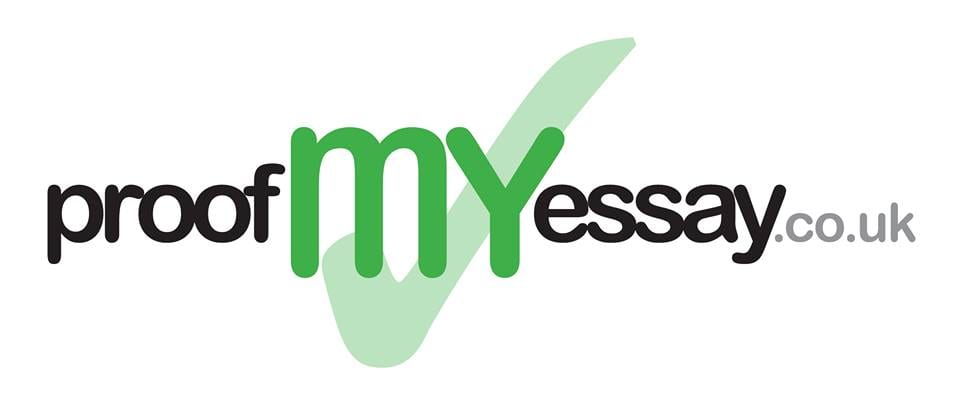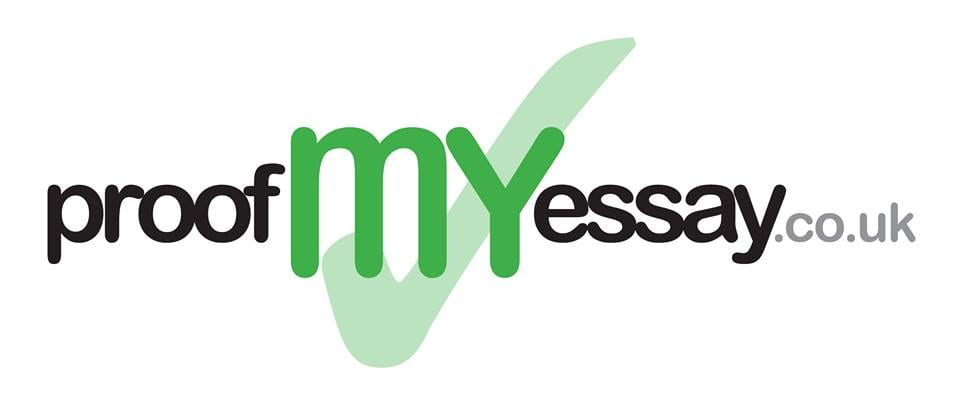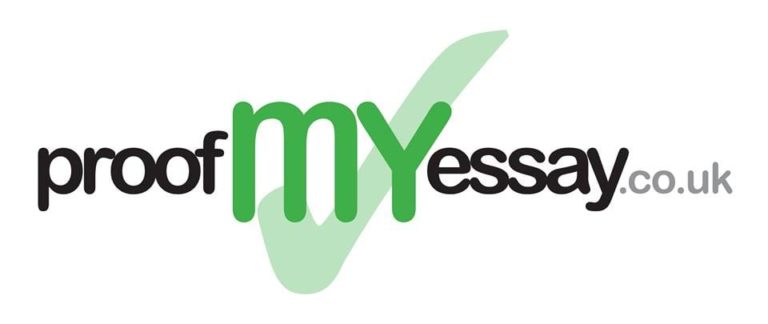It is rather indispensable, in a few humanistic disciplines, as well as in history, for you to make use of the codex described in The Chicago Manual of Style, 16th ed. (Chicago:University ofChicago Press, 2010). Frequent projects in history research and other humanistic disciplines depend partially on reading. Customarily you will have to refer back to some paper works, like essays or historical writings. Occasionally it would be necessary to produce an analysis based on a comprehensive melange of sources.
Typesetting the paper
The Chicago formatting and style guide manuscript ground rules are moderately generic; this is because they were not generated for a particular sort of writing.
Materials and font
Do not use a font that is atypical or difficult to read. Use best quality 8½″ × 11″ white paper. According to the Chicago formatting and style guide, the front page contains the full title of your paper, the name of your instructor, your name, the date and the course title.
Pagination
Number the pages in the upper right corner using Arabic numerals. Do not number the title page. Do count the title page in the manuscript numbering, so that the first page of your text becomes page number 2. At the top, bottom, and sides of the pages leave margins of minimum one inch. Left-align the text and use double line spacing for the body of the paper, including long references that have been individualised from the text.
Visual rules
The Chicago formatting and style guide points out to tag each table with an Arabic numeral and give them a clear title to determine the subject.
The tag and the title should be evident on different lines above the table, horizontal left side. You will mention its reference in a footnote, below the table, like this:
John Albert Murley and Sean D. Sutton, Perspectives on Politics in Shakespeare (Lexinton Books, 2006), 205.
In the titles, capitalise all words except articles, prepositions and coordinating conjunctions – except for the ones which are first or last in the title or subtitle.
You may use italics to emphasise a word or phrase found within a quotation. After using one of these means of emphasis, add the formulas [emphasis added] or [italics added] in brackets, after the quotation, but within the quotation marks. However, if the emphasised word or phrase comes at the end of your quote, specify the emphasis as above, but in parentheses outside the quotation marks.
In Chicago style, superscript numbers in the text introduce readers to notes with correlating numbers either as footnotes or endnotes. Frequently, a bibliography is required as well, commonly put at the end of the paperwork. The bibliography offers publication information for all the works cited in the notes.
The use of numbers and numerals. TheChicago formatting and style guide has several guidelines about the use of numerals in a paper. Round numbers, for example, are imprecise, so use them only when it is acceptable, or when they are not crucial for making a point. For example: “In 1982, there were circa twenty thousand such accidents” or “The five thousand miles between the departure point and the destination were full of dangers.” On the other hand, there are cases in which precision is important, so use exact numbers: “The circumference of the Earth is 40,075.16 kilometres, according to a new measurement method.”
Sentences can be started with numerals or dates, or not, depending on your desire. TheChicagoformatting and style guide tells about another issue regarding numbers: one should not mix numerals and written numbers when they refer to the same thing, in the same sentence. For example:
“Ten out of 15 people experienced such symptoms” is incorrect.
“10 out of 15 people experienced such symptoms” is correct.
Compound numerals from twenty-one to ninety-nine need to be hyphenated when written with letters; the same rule applies for ordinal numerals (example, twenty-third or eighty-second). However, with ordinal numerals above one hundred, the Chicago formatting and style guide recommends the use of numbers: “The 224th day of the siege brought good news”. Also, centuries are to be written in letters: “the seventeenth century saw the decline of the metal armour”.
Following the references to a source
When you cite a source for the first time, according to Chicago formatting and style guide, the note should contain the publication information for that work together with the page number on which the quotation you made reference to may be found.
1. William Makepeace Thackeray, The Virginians: A Tale of the Last Century, (Harper & Brothers Publishers, 1859), 40
For following references to a source you have already cited, theChicagoformatting and style guide specifies that you write the author’s last name, an abridged form of the title, and the page or pages cited. The abridged form of the title of a book is written in italics and an abridged form of the title of an article is put in quotation marks.
2. Thackeray, The Virginians, 40
Preparing the bibliography
Commonly, the notes specific to the Chicago formatting and style guide are linked to a bibliography. A bibliography must be organised in an alphabetically arranged list containing all the works quoted or consulted. The title “Bibliography” must be centered about one inch from the top of the page. Bibliography pages should be consecutively numbered according to the rest of the paper.
The alphabetically arranged list
The alphabetical arrangement of the bibliography must be organised by the last names of the authors (or editors); when the author or editor is missing, the alphabetical arrangement should be systematised by the first word of the title other than A, An, or The.
A work with two or three authors is listed by giving all authors’ names in both the note and the bibliography entry. A work with four or more authors must be cited giving in the note the first author’s name followed by “et al.” (for “and others”); Don’t forget to list all authors’ names in the bibliography entry!
1. Elliott Sober and David Sloan Wilson, Unto Others: The Evolution and Psychology of Unselfish Behavior (Harvard University Press, 1999), 52
The elementary layout for an online book has the following structure:
John Locke, Of the Conduct of the Understanding (1966, ILT Digital Classics, 1995), chap. 2, http://www.ilt.columbia.edu/publications/CESdigital/locke/conduct/toc.html
Quote from an article published in a print journal
Mention the volume and issue numbers and the date; at the end of the bibliography entry put the page range of the article.
“Intercultural Rhetoric Research: Beyond Texts”, Journal of English for Academic Purposes 3, No. 4 (2004): 291.
Quote from an article published in an online journal
Mention the DOI if the article has one, otherwise give the URL for the article. For articles with no page range, you may attach in your note a locator, such as an indexed paragraph or a heading from the article.
Scott Michaelsen, “Hibrid Bound”, Postmodern Culture 8, no. 3 (1998), http://pmc.iath.virginia.edu/text-only/issue.598/8.3.r_michaelsen.txt
Journal article from a database
The Chicago formatting and style guide guidelines specify the mentioning of several pieces of information, in order to give easily locate the source in the database: the article’s DOI; the denomination of the database and the number attached to the database or a “fixed” or “permanent” URL for the article.
Citing reports and references. Example: Kyriakou, Nikolas, “An Affront to the Conscience of Humanity: Enforced disappearance in international human rights law”, PhD dissertation, European University Institute, 2012.
Citing conference papers. Dienes, Péter. ”Statistical A-Star Dependency Parsing”, in Proceedings of the Workshop on Prospects and Advances in the Syntax/Semantics Interface, (Nancy,France, 2003), 85–89.
Citing Indirect Sources
A good professional has to be familiar with the bibliographical sources he cites, therefore the Chicago formatting and style guide discourages the use of secondary sources (an author citing another author). In some cases, though, the original may be unavailable, thus the Chicago style suggests the following manner of citing:
5. Arthur Lupia, Delegation of Power: Agency Theory” (International Encyclopaedia of the Social Sciences, Oxford, UK: Elsevier Science Limited, 2001), 3357, quoted in Zoltan Palinger, Direct Democracy in Europe: Developments and Prospects, (Auflage: 2007), 118.
Internet sources
As the Chicago formatting and style guide indicates, for most websites, we must include the site’s URL, the title of the site, an author if the site has one, the sponsor and the date of publication or modified date (date of most recent changes). If it doesn’t have a date of publication or modified date, give the date you accessed the site (“accessed March 18, 2011”). It’s forbidden to italicise a website title if the site is not an online book or a regular publication. Moreover, the Chicago formatting and style guide specifies the use of quotation marks for the titles of sections or pages in a Web site.
PembrokeCollegelaunches new access initiatives,UniversityofOxford, last modifiedSeptember 10, 2012, http://www.ox.ac.uk/media/news_stories/2012/120910_1.html
Additional information could be found here: www.chicagomanualofstyle.org
[two_columns height=”210″ border=”border”]
[list style=”orb” color=”blue”]
- If you wish to speak to one of our friendly consultants, please call: 0203 011 2240
- Text/whatsapp 07799 422 993
- And it is even easier to ping us an on-line message!
[/list]
[hozbreaktop]



